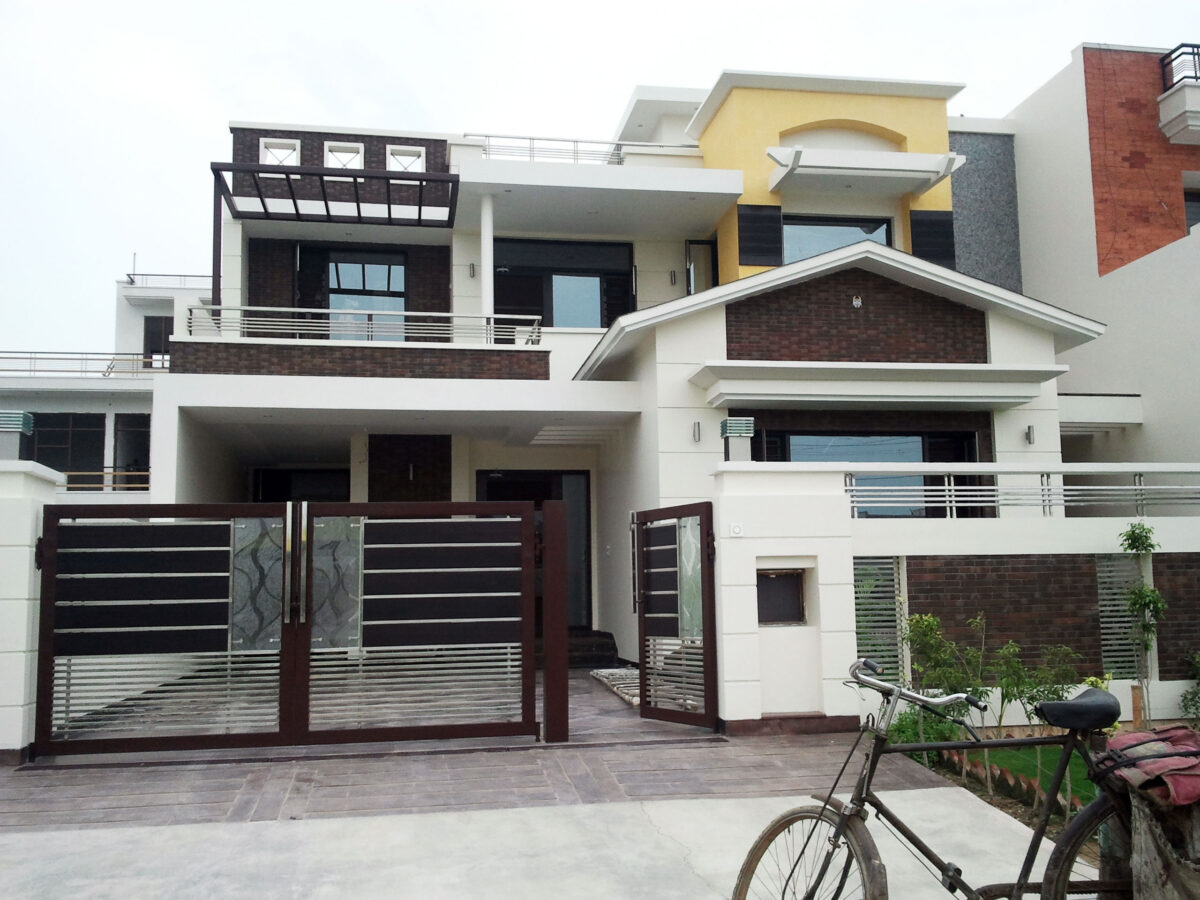1. While deciding where to buy a plot, keep three things in mind: location, location and location. This is one factor that is really governing. Of course the location is to be decided as per your budget and your home and work circumstances yet try to find your piece of land in or around a city that is really progressive and with clean environment.
2. Buying a residential plot is often once-in-a-lifetime investment. So take care of a few important points. Take care that the plot lies in an Urban Estate of a development authority, an improvement trust or any other such government body. If it lies in a private colony, the colony must be approved by the concerned government body. This single step takes care of many aspects, the major being that the area is residential on the District Town Planner’s map. If the area is residential, only then the license is given to the colonizer. Never buy a plot in an unapproved colony even if the colonizer assures that the approval will soon be accorded.
3. See that the external development services are existing or under development in the colony. These include roads, water supply lines, sewerage lines, drainage lines and street lighting. Though it is difficult to choose direction as the plots these days are planned back to back, prefer an east or north-east facing site. Prefer a free hold plot. If buying from an individual, examine and be doubly sure that the title of the plot is clear. Prefer front width of plot as not lesser than 36 feet. See that the plot area does not fall in the easement rights of the government. And the area should better be governed by some building bye-laws.
4. Choose a plot that has good and motorable approaches to it. This will help in unloading of materials right at the spot and their carriage from a distance shall be avoided thus saving labour cost on this account.
5. Don’t choose a low lying plot. If unavoidable, pay lesser for it as extra cost for filling work and heavier foundations is to be incurred. A low lying site or plot causes extra expenditure due to the extra filling work involved. The foundations too shall be heavier as these must be taken below the natural ground level. Again, if the area is water logged, the foundations will be heavier due to less bearing capacity of soil. Fear of termite and dampness rising in the walls will always remain in such an area. Therefore avoid a plot in water logged area.
6. Plot purchased, save cost by choosing the layout of the building. For a given plinth area, cost of a house or building will be least when its perimeter is least. So a square building will have lesser cost than a rectangular or an irregular building. Also, lesser is the number of offsets, lesser is the cost. Thus if you are not so particular about the shape or elevation of the building, tell your architect or engineer to save here.
7. It is always better to have pre-construction anti-termite treatment done for the house as the termite always rises from the soil and should be eliminated there itself. After completing the excavation for foundations, prepare a solution by taking 0.5% Heptachlor, 1.0% Chlordane and 1.0% Chloropyrifos and by mixing these in water. Spray this mixture on the bed and sides of the foundation trenches by using 5 litres of solution in one sq. metre area. Must remove all the vegetation and organic growth from the soil. Later, when the foundations have been raised and the soil back filling has been done around them to level the ground, again spray the solution on the filled up ground.
More tips will follow next week. Till then, happy building!


